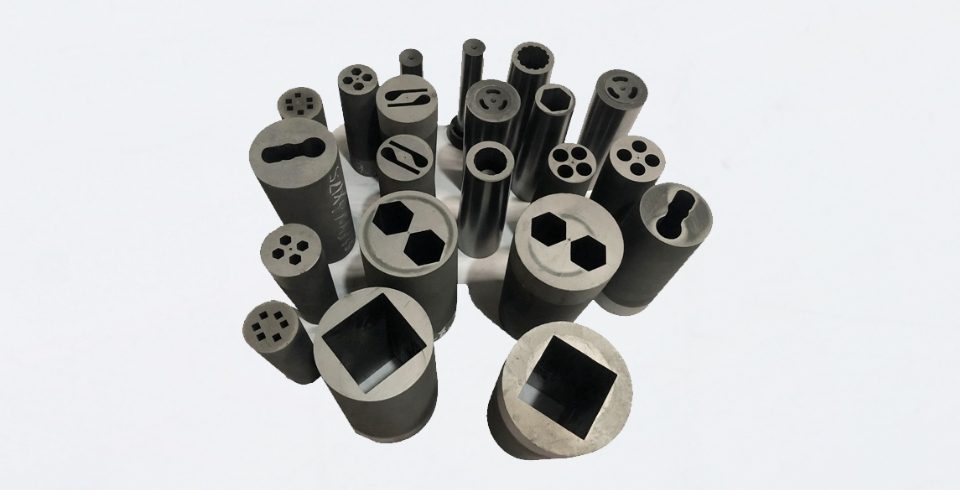Graphite Solutions for Tomorrow's Innovations

Graphite continuous casting die is the most common type of graphite mold used in the casting industry for producing continuous casting slabs. It takes the most widely used graphite as materials as graphite does not react with casting metals and will not affect the quality of the metal castings. Its low thermal expansion coefficient helps prevent the deformation of the mold shape.
In the continuous casting process, the mold must withstand high temperatures and high pressures. The high temperature oxidation resistance of graphite molds can effectively protect them from oxidation and corrosion. Besides, graphite itself has good lubricity, which can reduce the friction between the mold and the casting material, and effectively prevent adhesion between the mold and the casting material, making the casting process smoother and more efficient.
| Model | Density (g/cm3) | Particle Size (μm) | Specific Resistance (μΩ.m) | Porosity | Shore Hardness | Compressive Strength (MPa) | Flexural Strength (MPa) | CTE (× 10-6 °C-1) | Application |
|---|---|---|---|---|---|---|---|---|---|
| IS-3 (Isostatic) | 1.85 | 10 | 12 | 13% | 48 | 85 | 46 | 4.3 | Sintering / All kinds of machining |
| IS-4 (Isostatic) | 1.90 | 5 | 12 | 13% | 48 | 85 | 46 | 4.3 | Sintering / All kinds of machining |
Notes:
|
|||||||||
Continuous casting is a casting method used for mass production of metals with a constant cross section. It can eliminate the ingot casting and opening casting process, and produce slabs directly through extrusion or rolling. Its principle is to continuously pour molten metal into a crystallizer. The solidified (shell) casting is continuously pulled from the other end of the crystallizer, obtaining castings of any length or specific length.
Continuous casting process is divided into vertical continuous casting and horizontal continuous casting.

Continuous casting has been widely used both domestically and internationally, such as continuous casting of ingots (steel or non-ferrous metal ingots) and continuous casting of pipes. Continuous casting has the following advantages compared with ordinary casting: